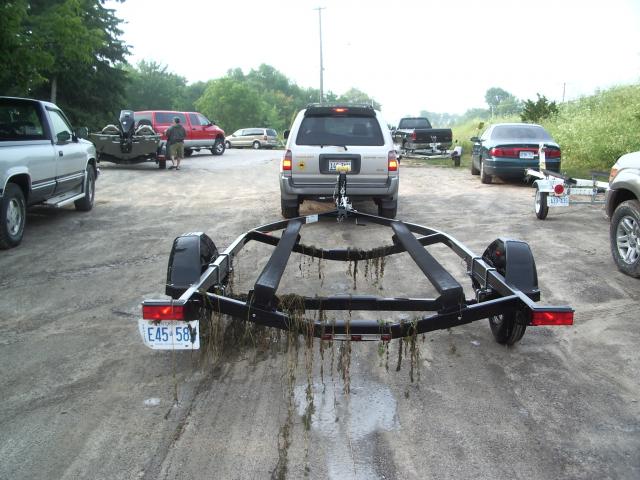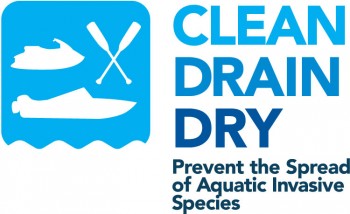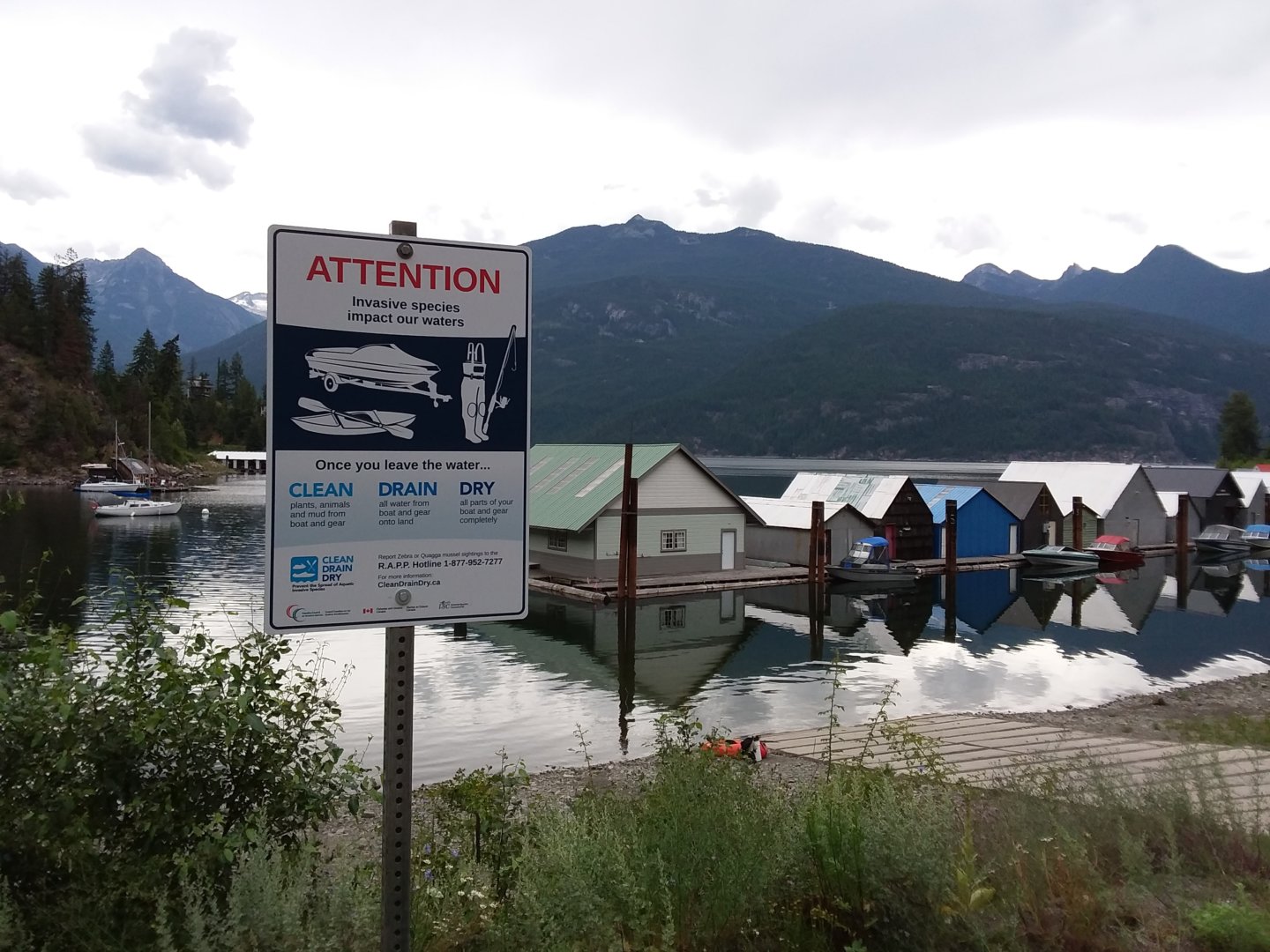With boating season in full swing, the Central Kootenay Invasive Species Society (CKISS) wants to remind water enthusiasts that boats and related equipment are key pathways for invasive species introduction into our precious waterbodies. The organization is asking BC boaters to educate themselves on how to Clean, Drain, Dry their boats and equipment when travelling between waterbodies to prevent the spread of aquatic invasive species.

CKISS is part of a nation-wide Clean Drain Dry program being piloted in BC by the Invasive Species Council of BC (ISCBC) and the Canadian Council on Invasive Species. The Clean Drain Dry (CDD) program is designed to prevent the introduction and spread of aquatic invasive species through recreational pathways by increasing awareness about transporting invasive species and encouraging responsible behaviour, namely cleaning, draining and drying watercraft and gear
In the pilot program’s first year, the ISCBC provided 36 partners with a total of 174 new Clean Drain Dry (CDD) signs and an array of eye-catching and informative resources. Seven signs were provided to CKISS who coordinated installation at Scotties Marina in Castlegar, Beaver Creek Provincial Park in Trail, Wragge Beach Recreation site near Hills, Howser Creek Recreation Site, the New Denver Marina and the municipalities of New Denver and Kaslo.

“The marinas, recreation sites and municipalities that have agreed to install the Clean, Drain, Dry signs are demonstrating dedication to maintaining the health and sustainability of BC’s waterways. These partnerships foster increased support and public awareness for the prevention of aquatic invasive species,” states Laurie Frankcom, CKISS Education Program Education Coordinator.
What’s the big deal with invasive species?
Introduced plants and animals that lack natural controls are bad news for lakes, streams, and wetlands. Take Eurasian watermilfoil for example: first detected within BC in 1970, it reduces biological diversity and decreases water quality by out-competing native plants for space and resources. Eurasian watermilfoil creates dense patches that result in stagnant water: the perfect breeding ground for pesky mosquitoes. Tangled mats of underwater strands can impact summer fun like swimming, boating, and fishing. The plant can also hit the pocket book by clogging irrigation systems and drains, resulting in increased maintenance costs.

The best tool we have to protect our waters is prevention! Since invasive species can hitchhike on boats, trailers, fishing gear, life jackets, and other boat related equipment it is vital that all boaters are following the Clean, Drain, Dry steps when travelling between different bodies of water, even within BC.
CLEAN off all plants, animals, mud
DRAIN onto dry land any item that can hold water
DRY all items completely before launching the watercraft into another body of water
CKISS acknowledges the support of its funders, including the Columbia Basin Trust and Columbia Power.

The national Clean Drain Dry pilot program is funded by the Department of Fisheries and Oceans.

